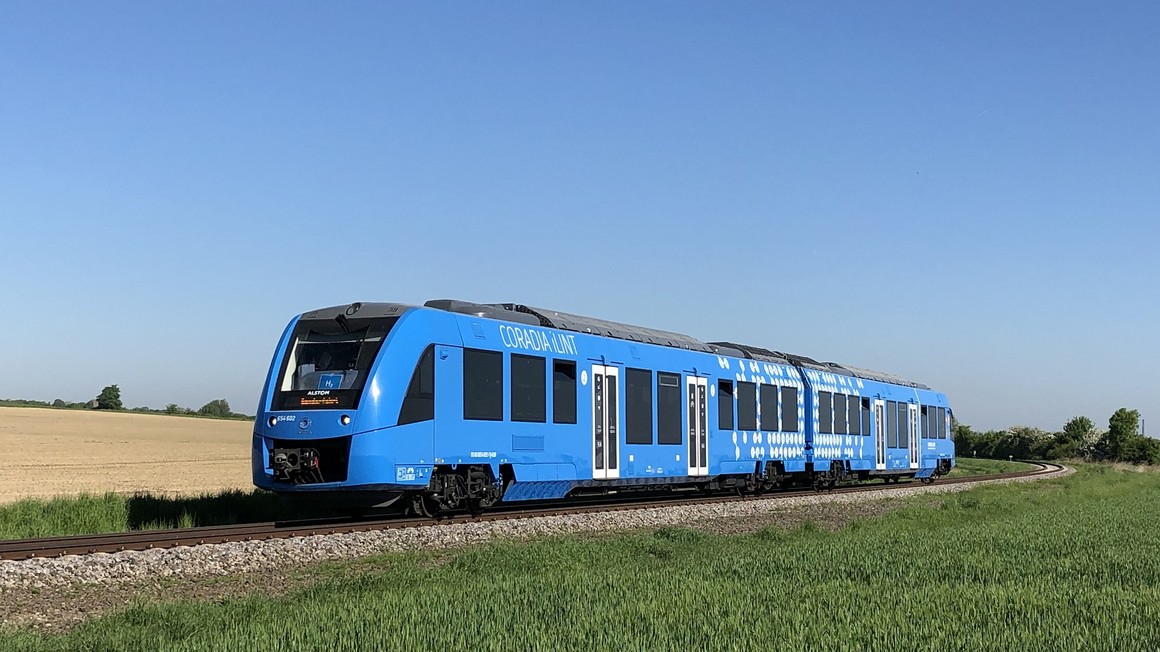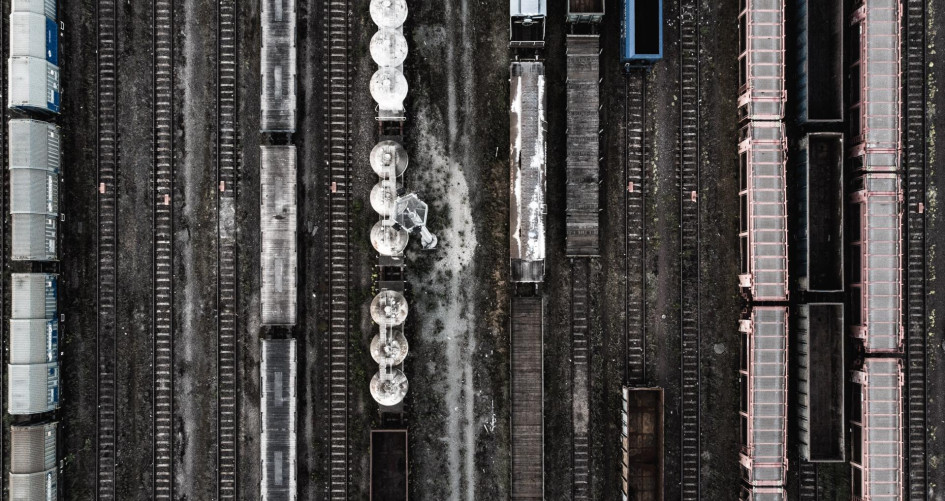Rail generates the least amount of emissions in the transport sector – a “good place in a bad sector”, according to James O’Sullivan, Product Manager at Alstom, one of the world’s leading train manufacturers, who was speaking at the Climate Action Hub at COP26 – and has seen almost 60 per cent of Europe’s railways electrified in recent years. In the UK for example, rail contributes less than 1 per cent of the UK’s total GHG emissions.
Yet, although Europe is one of the most forward thinking regions of the world when it comes to decarbonising rail, the continent is still home to more than 6,000 diesel trains, so there is huge scope for progress. “Diesel has had its day, but it is versatile,” says Mike Muldoon, Alstom’s Head of Bus Development, Transport UK and Ireland. “We need green technology to cover that versality. Electrification is of course one solution, but it involves big infrastructure costs and lead times. Indeed if we tried to electrify everything, we would not meet our emissions targets in time.”
There are multiple challenges when it comes to rail electrification: the costs are huge, involving extensive upgrades on networks that were never built for electric trains. One estimate in the UK puts the costs of electrifying its remaining non-electrified network at between £1 and £2.5 million per km, or £30 billion in total.
One solution that may help close the decarbonisation gap is hydrogen. Hydrogen-powered trains are of course already running across Europe, with Alstom launching the world’s first hydrogen-powered train, the Coradia iLint, in Germany in 2018. “This is a hydrogen fuel cell powered train and has more than 20,000 km under its belt, which has proved the technology,” says Muldoon. “We currently have orders for 41 new trains, which go into service next year,” he adds.
So how does hydrogen-powered train work? A hydrogen fuel cell generates a current from a chemical reaction between oxygen and hydrogen. “Hydrogen is not a very dense gas,” says Muldoon. “So, it needs to be pressurised by [a factor of] 350, to reduce its size so it is small and dense enough to control and store. The only thing emitted is water vapour, so it’s a truly zero-emission technology,” he adds.
Analysts see hydrogen as a way to fill the existing gaps in the rail network, particularly in remoter areas where electrification would not be possible. “We need flexibility,” says O’Sullivan. “We have seen in France trains that can either run electrically using overhead wires, or on hydrogen, which gives the trains extra range and allows them to run more flexibly.” Indeed, flexibility is the watchword here, with every country having different levels of infrastructure in place.
Yet hydrogen, both point out, is not a silver bullet, with space being one issue, as hydrogen requires eight times the volume of diesel fuel. “It’s very challenging to put hydrogen on a train,” says Muldoon. “Trains in the UK are smaller than those in Europe, so it can be difficult to find space for the hydrogen technology.” There are other issues around the infrastructure, which has been built with diesel in mind. “There is far less experience in managing hydrogen then in managing diesel trains,” O’Sullivan says. “A lot of transitioning needs to take place. Rail is also heavily regulated, so we want to be able to showcase that it is a safe technology,” he adds.

Another issue is supply. Getting hold of hydrogen is not always straightforward, and there needs to be coordination with the energy sector so supplies can be guaranteed. “One way to do that is to power the “last mile” journeys to and from the train stations by hydrogen as well,” says Muldoon. “If we scale up the use of hydrogen, we make it more feasible, but there are big challenges from a big picture and a technical perspective. Yet it offers a very promising opportunity to decarbonise rail and avoid a ‘one size fits all’ approach, such as blanket electrification, which is not feasible.”
Hydrogen trains are also more comfortable for the passenger, offering a quieter, smoother ride than diesel trains. So, the future will most likely see hydrogen play an important – if small – role in the decarbonisation of the rail network.
Watch the Full Action Hub Discussion at COP26

